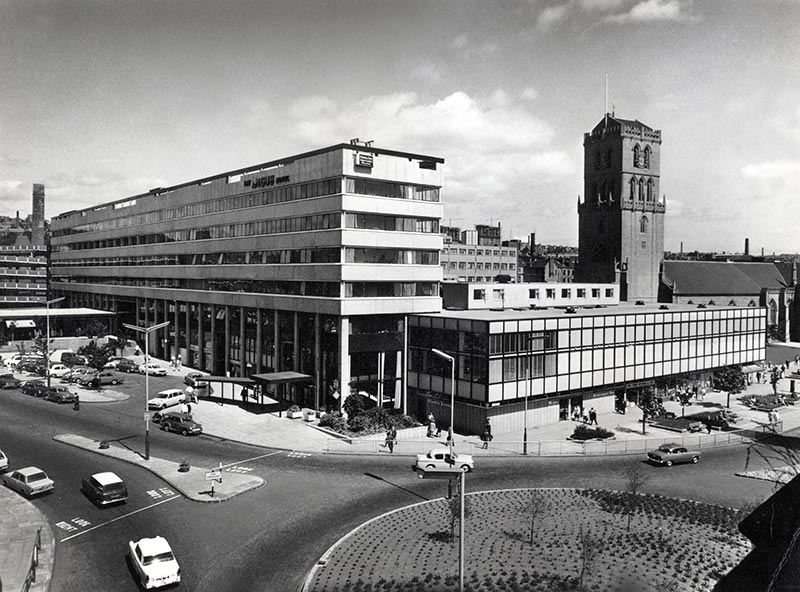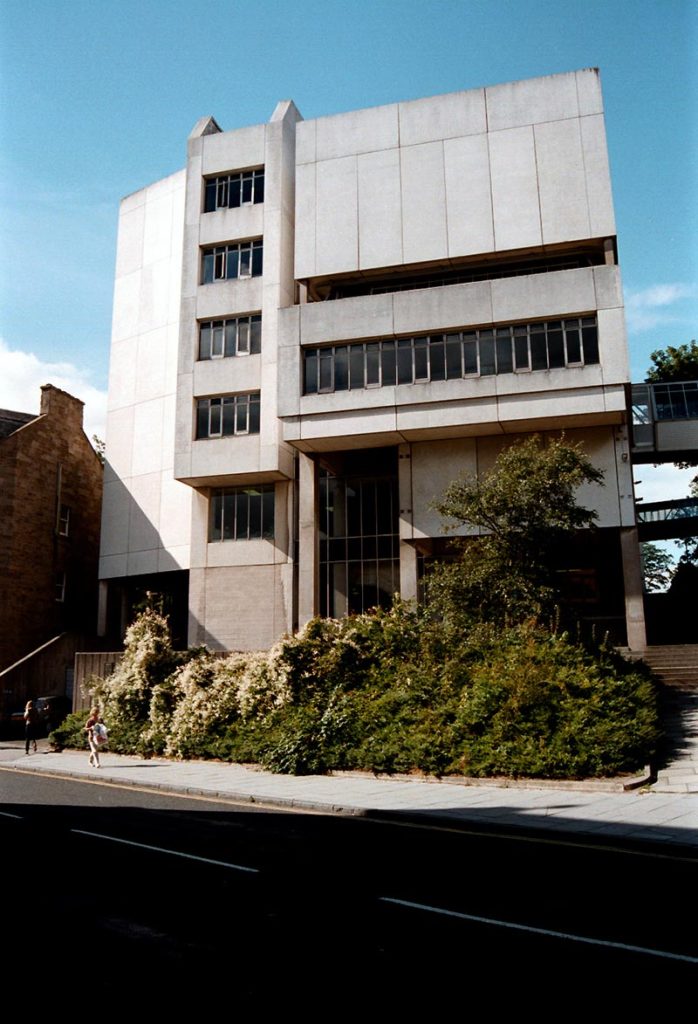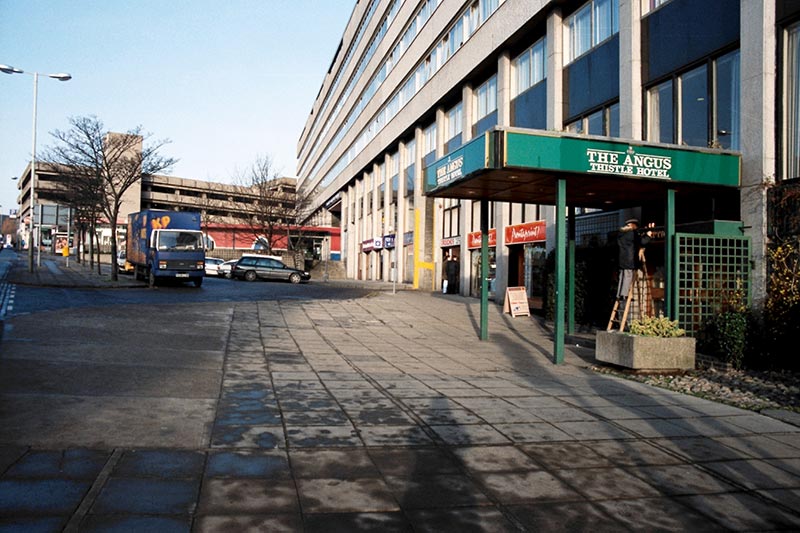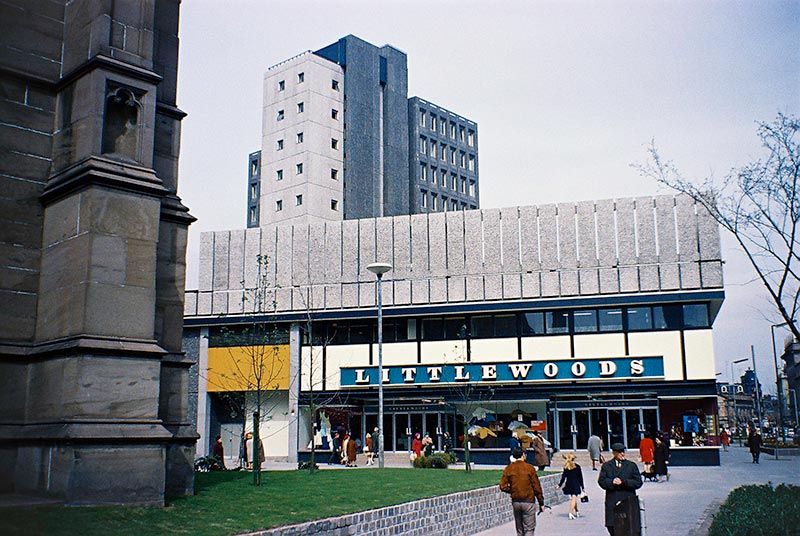Design Through Time
Brutalist Architecture

Brutalism: Architecture Marmite
In the wake of the Blitz, post-war Britain had to rebuild from the rubble, creating a clean slate for new architectural ideas. Twentieth-century architects argued about what was more important: the building’s use or how it looked. Fast forward less than fifty years later, and the Dundonians were debating how to tear it all back down again!
Brutalist architects favoured function. As an architectural style that emphasises materials, textures and construction, Brutalism dominated the Modernist movement from 1950-1970. Characterised by the extensive use of concrete shapes, exposed infrastructure, and block-like forms, Brutalism appropriately derives from ‘béton brut’, which translates from French to ‘raw concrete’.

Brutalism is commonly associated with institutional buildings, and Dundee demonstrates this with the University of Dundee Matthew building. It is credited as the finest example of Brutalist architecture for its time in the whole of Scotland; yet you wouldn’t stop to give the Matthew building a second glance today! Now a historically listed building, the Matthew Building is one of the very few surviving the wrath of anti-conservation Dundee.
Brutalism fell out of favour at the turn of the eighties, as many declared the style cold and severe. Raw concrete ages terribly. The pristine look of a brutalist building begins to weather and ultimately looks dull and unkempt.
Replacing the most rundown areas of the city in 1963, the Old Overgate shopping centre and The Angus Hotel were the first town centre redevelopment of their kind in Scotland. The locals hated it. The harsh concrete panels looked alien to them and lacked atmosphere, resulting in demolishment in the 1990s.



Another brutalist building that has not lived to tell the tale is Tayside House. At seventeen storeys high, Tayside House had served as the offices for Dundee City Council since 1975. It was demolished in 2013 to make way for the £1 billion waterfront redevelopment.

Even though the architectural style has an aesthetic that is loved or hated, like marmite, Brutalist forms dominated Dundee’s landscape. They have a distinct graphic quality that is part of what makes them so appealing today, now in their fast-depleting numbers.
Words and research by Eirinn Leigh Reay